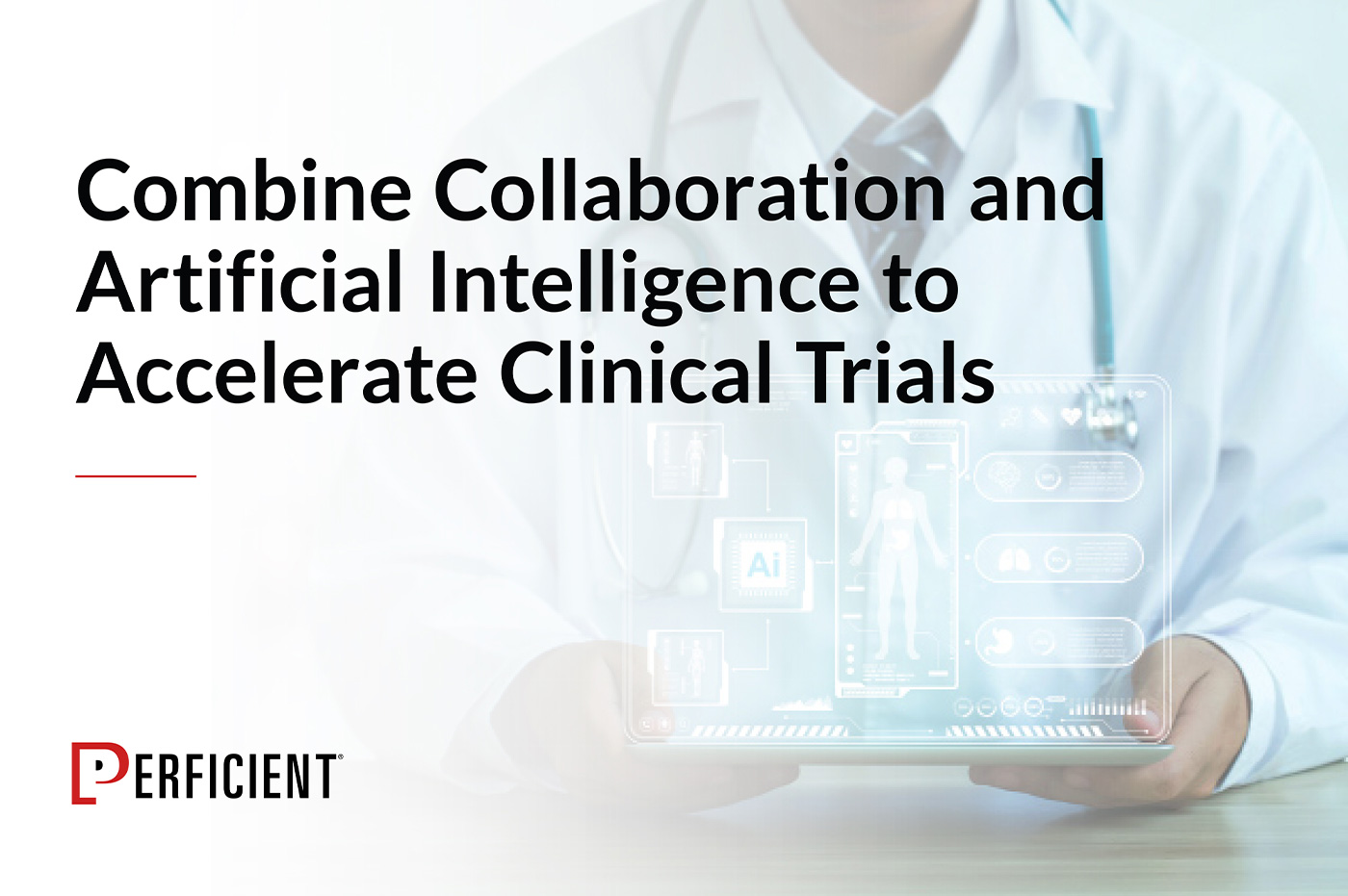Analytics (i.e., using math and other systematic approaches to bring understanding to pharmacovigilance) data can have its own adverse event: a strong sensation of nausea if you haven’t had the opportunity to put into place a sensible, compliant solution that is the right fit for your organization. You can even have an on-demand solution, when you need it. Most of us need answers now.
Without a full-time staff to monitor all the sources of pharmacovigilance (PV) data available in today’s world, you can still be successful. It really is possible to diminish the confused, bewildered, wide-eyed look that appears when you ask colleagues about trends in your adverse event data.
We live in a PV world that has dramatically changed its colors in a short time. Not only do we have more adverse events, but the PV data is more complex, arrives in mass quantities from many sources, and we are asked to do more with the data. How can we work better, smarter, and with less stress? The newly revised GXP regulations require comparative analytics – comparing our PV data and with other sources of analytical data. Great idea, but it’s not easy to do. Before you stop reading and run screaming for a mid-career change, it’s time to be realistic and analyze your PV data with a touch of common sense and a healthy dose of confidence.
Let’s get the facts:
- All organizations struggle with PV analytics and managing their PV data. Manage the data, do not let the data manage you.
- We know in our hearts that analyzing this increasingly complex data is vital to patient safety, it helps us be regulatory compliant and keeps drug labels and warnings appropriate.
- We know that sound fit-for-purpose data analysis of adverse events and trends in use of a product (pharmaceutical, medical device, combination product, nutraceutical, etc.) sets the stage for primary care of patients. Patients are the savviest pharmacologists on the planet. Long before we know of new indications, they have already tried it in their home clinical trials (otherwise known as off-label use).
- How we analyze adverse event data, trends in use, demographics, drug-drug interactions, and drug-disease interactions set the stage for broader ripple effects in how we perceive the treatment of disease.
- PV analytics extends beyond just adverse event data. Look at our US-based network of Poison Control Centers and the data collected there. Don’t forget about other sources of data such as the World Health Organization (WHO) and VigiBase.
- We focus on the “must” of this daunting task and forget that there is much return on useful data that can be reinvested into our organization – Yes, this is good stuff!
- We have an ever-changing regulatory environment. The updated European Medicines Agency Good Pharmacovigilance Practice (EMA GVP) regulations have basic tenants that Marketing Authorisation Holders (MAH) should pay heed. Here are the overviews of the “musts” in GVP Mod IX:
- High sensitivity (proportion of AEs for which the system produces signals of disproportionate reporting {SDR})
- High positive predictive value or precision (proportion of SDRs that relate to AEs)
- Short time to generate SDRs (that can be assessed from a chosen time origin)
- Data should be assessed against the database of origin
- Your PV data should be compared to EudraVigilance and/or other data sets
- Stratification and subgroup analysis of your PV data should be possible
- Your PV data should be compared to other aggregate data (FAERS, VAERS, MAUDE, Eudravigilance) for risk/benefit analysis of drug-drug, drug-disease, drug to same-in-class
In fact, the US FDA, in its Guidance for Industry, Good Pharmacovigilance Practices and Pharmacoepidemiologic Assessment lays the groundwork for PV analytics (really looking for trends, either consistent or changing and having a workflow for drilling down and performing sound signal detection).
What to do?
Approach analyzing your PV data the same way nerdy pilots (like me) embrace flying an airplane in severe weather –  it’s a joyful experience of accomplishment and a few bumps. It doesn’t have to elicit post-traumatic math syndrome and sweaty hands. Remember the movie Airplane with Leslie Nielsen who played the goofy character Dr. Rumack, the sweaty pilot Ted Striker, played by Robert Hays, and the deteriorating mental status of the glue-sniffing tower controller Steve McCroskey, played by Lloyd Bridges? Analyzing your PV data can be as fun and easy as watching this slapstick comedy.
it’s a joyful experience of accomplishment and a few bumps. It doesn’t have to elicit post-traumatic math syndrome and sweaty hands. Remember the movie Airplane with Leslie Nielsen who played the goofy character Dr. Rumack, the sweaty pilot Ted Striker, played by Robert Hays, and the deteriorating mental status of the glue-sniffing tower controller Steve McCroskey, played by Lloyd Bridges? Analyzing your PV data can be as fun and easy as watching this slapstick comedy.
Perficient has developed a solution that allows PV analytics to:
- Perform with your near-real-time AE data (no more than 24 hours old)
- Performwith digested, easy to comprehend visual outputs of your AE data that follows a sensible workflow (Why retract the landing gear before you are off the ground?)
- Compare your PV data with other sources of aggregate PV data such as FDA AERS, VigiBase, and Eudravigilance? (OK, that overlay of other airplane traffic on the moving map is really useful – TCAS)
- Provide a fit-for-purpose system that is actually as easy as swiping our smart device (no more paper aviation charts for my Golden Retriever passenger to chew, it’s now on your iPad)
- Best of all – what if PV analytics was actually a return on our investment (ROI) and we could be savvy masters of the data and repurpose it for pushing us from reactive pharmacovigilance to proactive pharmacovigilance? (Flight planning – take the airplane for a joyful smooth ride and enjoy the view, not fight our way around unanticipated weather).
In a follow-up blog, we’ll talk specifics about how to set up a risk management system around a simple, affordable PV analytics platform. It’s not just about trending and signal detection. It can be used for a multitude of purposes within pharmacovigilance. Importantly, you’ll be the best pilot (sic) on the line with the smoothest landing. Your teams will be happy, upper management will be thrilled, and you can actually enjoy watching your favorite movie, slapstick or not, without the nagging albatross of all the work you need to do…because Perficient did the work for you.
For a better look into our new solution; follow along with this blog series, or you can take a close-up inspection of PV analytics as a whole at the Drug Device Combination Product Lifecycle Management Summit 2019 in Rome, Italy, September 26-27, 2019.

